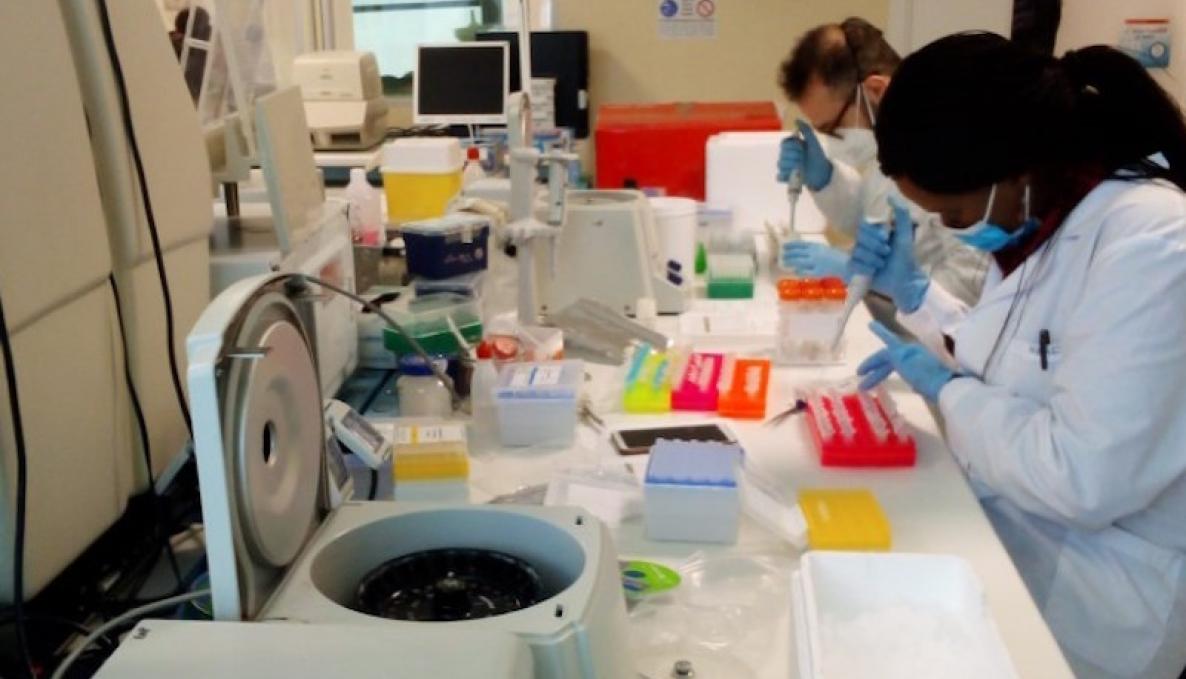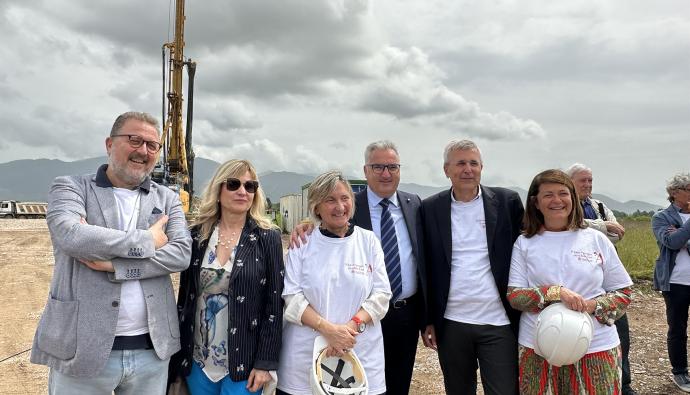Better wheat and sustainable cropping: a new participatory breeding method shows higher prediction accuracy of wheat performances thanks to 1.165 Ethiopian farmer-scientist. A new study published by team of researchers of the Sant'Anna School

The crop genetics team at Sant’Anna Shool (Scuola Superiore Sant’Anna, Pisa, Italy) keeps collaborating with Ethiopian smallholder farmers to explore new paths to crop breeding for local adaptation. In a new study recently just published in Communications Biology, the Sant’Anna team worked with international institutions and with 1.165 local farmers demonstrating that farmers’ traditional knowledge can be combined with genomic and climatic data to increase the genetic gain associated to prediction accuracy of wheat performance in challenging farming conditions.
The novel approach, called data-driven decentralized breeding (3D-breeding for short), can double prediction accuracy of wheat yield and appreciation by smallholder farmers. This result depends on the fact that the 3D-breeding method captures in a fully quantitative way the cultural and pedoclimatic diversity that is found in farmer fields targeted by breeding. Smallholder farmers are indeed expert wheat growers and can be considered scientists themselves to the extent of experimenting with crop varieties with the proper local adaptation traits. 3D-breeding is centered in crow-sourcing their knowledge and experience, asking each of thousands of farmers a synthetic evaluation of small wheat plots and combining their evaluations on a higher level to identify worthy varieties that are best suited to local cultivation. The method was developed by an international team including Scuola Superiore Sant’Anna, the Alliance of Bioversity and CIAT, INN University in Norway, Kansas State University and Cornell University.
“Decentralized and participatory methods – says Dr. Matteo Dell’Acqua, corresponding author of the research – allow to tap into the vast traditional knowledge of local farmers. This knowledge is key to inform breeding programs to address local needs and improve food security in low-input farming systems exposed to climate change”.
Ethiopian highlands are a hotspot of cultural and agricultural diversity, and methods such as 3D-breeding could valorize this diversity for the benefit of local and international agriculture to breed new crop varieties with local adapted traits. Dr. Kauê de Sousa, first author of the paper and scientist at Bioversity International and INN University in Norway, adds: “With 3D-breeding, advanced research meets traditional knowledge unveiling great potential in interdisciplinary methods to understand the performance of genotypes under real farm conditions. This can help breeders and stakeholders in the selection of candidates and in fine tuning variety recommendation domains for climate adaptation in crop production”.
“Agriculture – concludes Dr. Dell’Acqua – is also culture. Modern approaches in data science, including DNA sequencing and climate analysis, allow to break new ground towards the full understanding and valorization of local diversity to enable the sustainable intensification of smallholder agriculture”.



